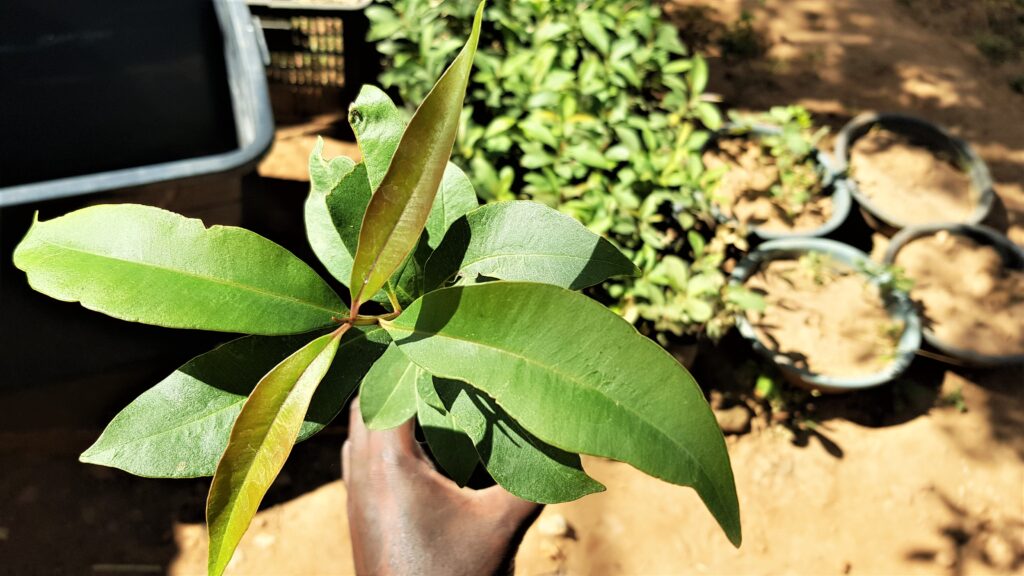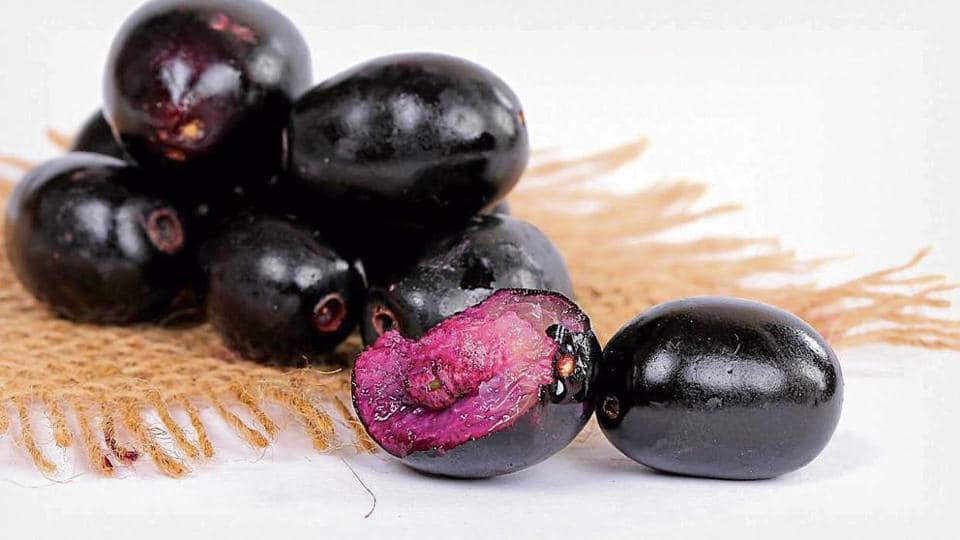Musiniga (black plum or jambul), scientific name syzygium cumini is the tree that we plant at schools during our climate workshops for students. It is a popular tree known for its sweet and tangy fruits. Every year in December, you will find its fruits for sale at markets nearly every where in Zambia
Musiniga is a leafy tree that can grow up to 30 metres. Because of this, most people grow it as a shade tre. It is an excellent tree for agroforestry and general forestry, and is particularly useful in wasteland development and dryland horticulture due to its ability to withstand adverse environmental conditions.
Its fruit is highly underutilized for its medicinal properties, being rich in antioxidants, phytochemicals and nutrients, and being a good source of iron, sugars, minerals, vitamins, protein and carbohydrate.
In medicine, musiniga as a proven track record to cure acute diarrhoea, dysentery, dyspepsia, asthma, bronchitis, enlargement of the spleen, urine retention, sore throat, mouth ulcers, spongy gums, and stomatitis, to treat ringworm of the scalp, burns, as an enema, diabetes mellitus or glycosuiria and can lower blood pressure by 34.6%.
Musiniga seeds are used to treat acne and black spots and help with oily skin.
To control dark spots from your face, the paste of jamun seed powder, lemon powder, gram flour, few drops of almond oil and rose water, is prepared. Apply it on your face and wash it when it dries off.
In the food industry, the fruit can be processed into a number of products, including jellies, jams, fruit drinks, wine and vinegar. Minerals and vitamins analysis values per 100 g edible portion of the fruit of S. cumini include: water 82.7 g; energy 60 kcal; protein 0.7 g; fat 0.1 g; carbohydrate 5.8 g; fibre 0.3 g; ash 0.7 g; calcium 8 mg; phosphorus 13 mg; iron 0.2 mg; sodium 9 mg; niacin 0.2 mg; riboflavin 0.01 mg; and ascorbic acid 23 mg.
When it season, it drops thousands of seeds which are best planted while fresh and green. Germination takes 1 to 2 weeks. It grows rapdily, giving leavy and green seedlings that need transplanting within 2 months. The tree can reach a height of 4 metres in 2 years and start bearing fruit between 8 and 10 years even though grafted trees can bear fruit within 4 years. When mature, the its flowers attract bees as it is a good source of nectar.


